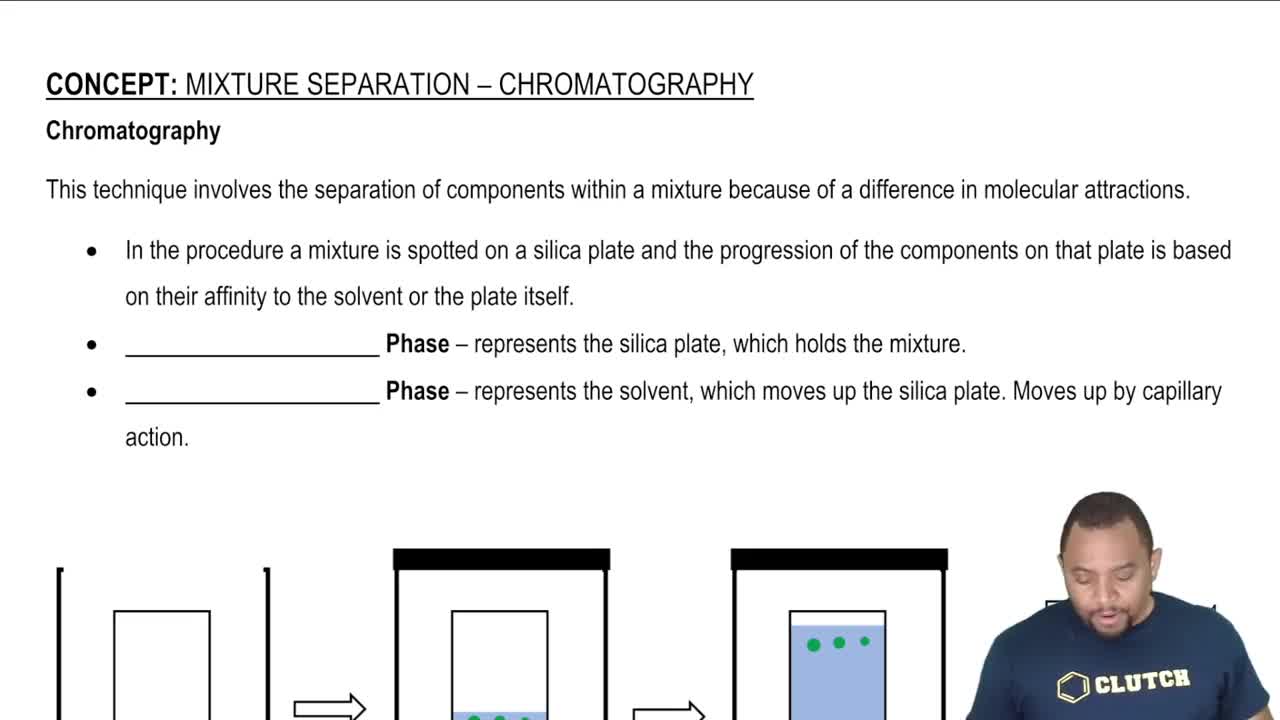Textbook Question
Classify each of the following as a component of a silicate ceramic, an oxide ceramic, or a nonoxide ceramic. b. Mg2SiO4
 Verified step by step guidance
Verified step by step guidance

Classify each of the following as a component of a silicate ceramic, an oxide ceramic, or a nonoxide ceramic. b. Mg2SiO4
Classify each of the following as a component of a silicate ceramic, an oxide ceramic, or a nonoxide ceramic. c. MoSi2
Classify each of the following as a component of a silicate ceramic, an oxide ceramic, or a nonoxide ceramic. a. TiB2 b. ZrO2 c. NaAlSi3O8